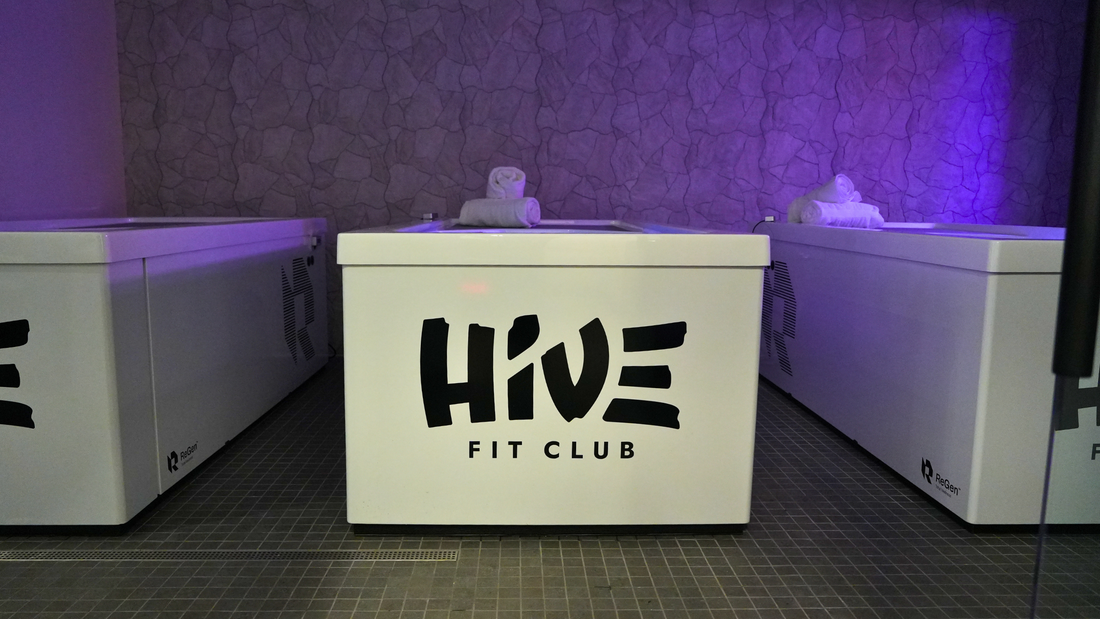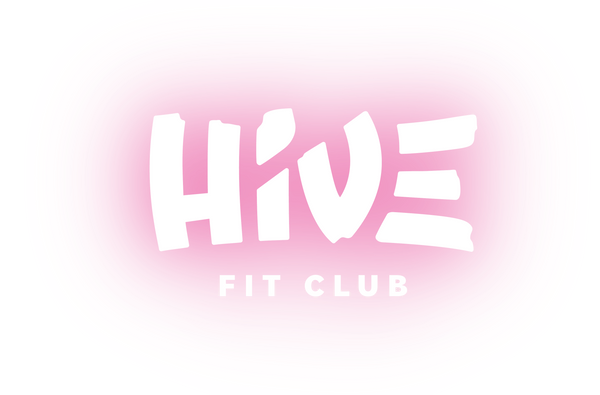
Sauna and Cold Plunge Therapy: A Complete Guide for Wellness and Recovery
Share
Sauna and cold plunge therapy, a practice rooted in ancient Finnish traditions, is quickly gaining popularity as a powerful tool in modern wellness routines. By alternating between hot and cold exposure, this therapeutic practice promotes recovery, improves circulation, and boosts overall well-being. Whether you're an athlete seeking faster recovery or someone looking to improve mental clarity and relaxation, incorporating sauna and cold plunge therapy into your routine can offer numerous health benefits. In this complete guide, we'll break down how this therapy works, its benefits, safety tips, and how to get started.
What is Sauna and Cold Plunge Therapy?
Sauna and cold plunge therapy involves alternating between a sauna session, which uses dry heat, and cold plunge therapy, which typically involves immersion in ice-cold water. This hot-cold exposure method is designed to stimulate various biological processes, enhancing recovery, relaxation, and overall health.
Types of Cold Plunges:
- Ice Baths: A popular form of cold plunge therapy where individuals immerse themselves in ice-cold water.
- Cold Showers: A simpler method where cold water is directly applied to the body for short periods.
- Cold Pools: The cold plunge pools at Hive Fit Club are maintained at temperatures just above freezing, ranging from 37.4°F to 39°F, providing a more comfortable environment for cold immersion.
Together, the hot and cold exposures create what’s known as the 'Nordic Cycle', a method that alternates between heat and cold to maximize the benefits of both. This cycle is known for its effectiveness in boosting circulation, improving recovery, and enhancing overall physical and mental well-being.
The Science Behind Sauna and Cold Plunge Therapy
Sauna and cold plunge therapy works by stimulating a range of physiological responses in the body. The key benefits arise from the drastic temperature changes between heat and cold.
-
Endorphin Release: Both sauna and cold plunge exposure trigger the release of endorphins, the body's natural "feel-good" hormones. This helps improve mood and reduce stress.
-
Thermoregulation: The body’s ability to regulate its temperature is enhanced through the heat of the sauna and the shock of the cold plunge. This process can help boost norepinephrine levels, a neurotransmitter responsible for improving focus, alertness, and mood.
-
Cardiovascular Response: Heat induces vasodilation (expansion of blood vessels), while cold induces vasoconstriction (narrowing of blood vessels). This alternating expansion and contraction of blood vessels improves blood circulation, delivering oxygen and nutrients more effectively throughout the body.
Best Practices for Sauna and Cold Plunge Therapy
To get the most out of sauna and cold plunge therapy, it’s important to follow best practices that maximize the benefits of both therapies.
Ideal Order: Start with a sauna session followed by a cold plunge. The heat from the sauna helps relax muscles and prepare the body for the shock of the cold plunge.
Recommended Timing for Sessions:
- Morning Routine: A cold plunge in the morning can help increase alertness and energy levels.
- Evening Routine: A sauna session in the evening can help relax your muscles, reduce stress, and improve sleep quality.
Suggested Duration:
- Sauna: Aim for 20-30 minutes in the sauna. This allows your body to fully heat up and experience the benefits of increased circulation.
- Cold Plunge: Spend about 2-5 minutes in the cold plunge. The shock of cold immersion triggers your body’s natural healing mechanisms and increases circulation.
Safety Tips and Precautions
While sauna and cold plunge therapy offers many benefits, it’s important to follow safety guidelines to avoid overexposure and potential health risks.
-
Avoid Overdoing It: Too much heat or cold exposure can lead to dehydration, dizziness, or even shock. Start slow and gradually build up tolerance.
-
Hydrate: Sauna sessions can lead to dehydration, so it’s crucial to drink plenty of water before, during, and after your session.
-
Increase Cold Plunge Tolerance Gradually: If you're new to cold plunging, start with short, less intense sessions and gradually increase the duration as your body becomes accustomed to the cold.
Key Benefits of Sauna and Cold Plunge Therapy
This combined therapy provides numerous benefits that support physical and mental health.
-
Enhanced Healing Process: Heat improves blood flow, delivering oxygen and nutrients to muscles, while cold reduces inflammation and accelerates recovery from injuries.
-
Natural Pain Relief: Cold immersion helps reduce swelling and muscle soreness, while the endorphin release from both heat and cold exposure offers natural pain relief.
-
Improved Blood Circulation: The cycle of heat-induced dilation and cold-induced contraction of blood vessels enhances circulation, benefiting overall cardiovascular health.
-
Fat Conversion for Better Metabolism: Exposure to cold triggers the conversion of white fat into brown fat, which helps increase metabolism and burn fat more efficiently.
-
Boosted Immune System: The temperature contrast from sauna and cold plunge therapy strengthens the immune system, making the body more resilient to illness.
Sauna and Cold Plunge Therapy for Mental Well-being
In addition to physical benefits, sauna and cold plunge therapy can have a significant impact on mental health:
-
Stress and Anxiety Reduction: Both therapies activate the body’s relaxation response, helping reduce stress and anxiety levels.
-
Improved Focus and Mood: The release of endorphins during the hot and cold cycles improves mental clarity, focus, and overall mood.
Who Should Avoid Sauna and Cold Plunge Therapy?
While sauna and cold plunge therapy can benefit most individuals, there are certain groups who should avoid it or consult a healthcare professional before starting:
-
Individuals with Cardiovascular Issues: Extreme heat and cold exposure can put added stress on the heart. Those with heart conditions should seek medical advice before using sauna or cold plunge therapy.
-
Pregnant Individuals or Those with Underlying Conditions: If you're pregnant or have underlying medical conditions, it's essential to consult your healthcare provider to ensure that this therapy is safe for you.
Experience the Benefits of Sauna and Cold Plunge Therapy Today
Sauna and cold plunge therapy offers a dynamic and effective way to enhance recovery, improve circulation, and support mental well-being. By alternating between heat and cold exposure, you can boost your immune system, reduce stress, improve focus, and promote faster recovery. The Therma Lounge within Hive Fit Club enhances this experience, offering a unique space to relax and recharge between sessions. For optimal results, consistency is key, and it’s important to follow best practices and safety guidelines. As always, consult with a healthcare provider before starting this practice, especially if you have underlying health conditions. Start incorporating sauna and cold plunge therapy into your wellness routine and experience the transformative effects on both your body and mind.






